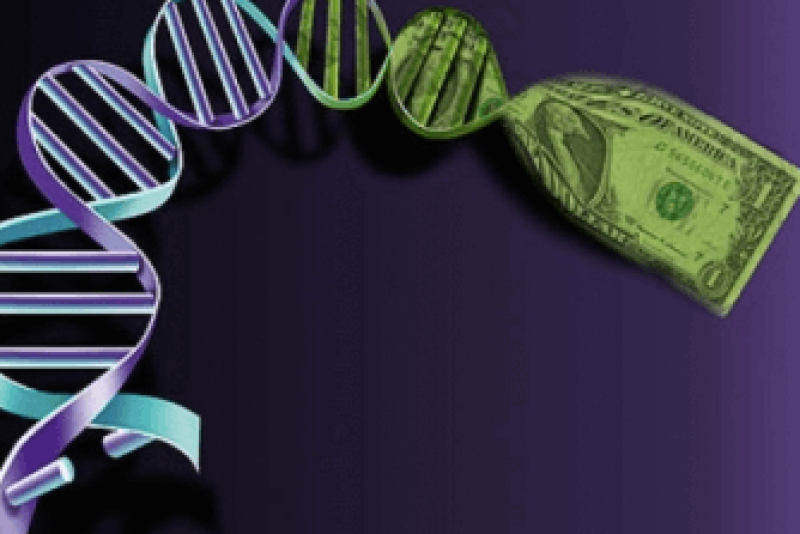It seems obvious that no one has a greater claim to ownership over our DNA, tissues, organs or body parts than we ourselves do. But as our legal framework tries to catch up with technological advancements, it is becoming clear that the determination of ‘property rights’ is far murkier than expected.
A biopsy sample taken from a Candian woman, Snezana Piljak, seeking treatment for colon cancer was deemed the personal property of the hospital that performed the biopsy, not the woman herself, making it the first Canadian ruling about who owns tissue samples. The woman died and her estate sued her physicians for not diagnosing the disease earlier. Those physicians then sued the hospital that had taken the biopsy for not sharing the tissue sample.
Another prominent example is the story of HeLa cells, documented by journalist Rebecca Skloot in her 2010 bestselling book, The Immortal Life of Henrietta Lacks. Lacks had cervical cancer in 1951. She died, but researchers kept some of her cancer cells for research. They became the most widely used cells in human research because they are incredibly easy to work with. But the Lacks family never knew about the cells, nor did Lacks give consent for her tissues to be used in research.
To remedy the egregious situation, and largely because Skoot’s book brought attention to the issue, a working group was formed to better guide how HeLa cells can be used in research. The family is represented in the group. And an open-source database of the HeLa genome has been created, so that no researcher or group can own or patent any part of Lacks’ genome.
But as technology trends more towards sequencing and more individuals chose to have their DNA analyzed, it’s clear we are not all going to get an NIH-sponsored working group and database for our genetic information.
In the Canadian court ruling, it was important to decide ownership of the tissue sample, and most importantly DNA from the tissue sample, because of liability issues. Determining rights of property is also really important, as law professor John Conley points out, because that informs how we can contract to buy, sell or perform services on the property. The Canadian ruling only determined property in the hospital’s case, but what about Mrs. Piljak’s ownership status, Conley asks:
It should go without saying that people (i.e., living human bodies) cannot lawfully be another person’s chattel (U.S. Const. 13th Amend.). Does this necessarily mean that one cannot have recognizable property rights in one’s own body and must rely solely on privacy rights for protection of bodily integrity? I don’t think so.
There is no question, at least according to Conley’s legal thought experiment, that one’s arm or leg is personal property of the individual. But, once an appendage is amputated it does seem to become the hospital’s property because the institution is ultimately responsible for disposing of it, with the caveat that if it is to be used for research, the previous owner must be informed and give consent. Could this be a good framework for thinking about genetic material as well?
Additional Resources:
- Police DNA databases grow in wake of Supreme Court ruling, Genetic Literacy Project
- Human tissue removed for medical tests is ‘personal property’ of institution, not person it came from: ruling, National Post
- “This is Mine!”: Property and ethical rights of your body by yourself and others, Bioethics Discussion Blog































